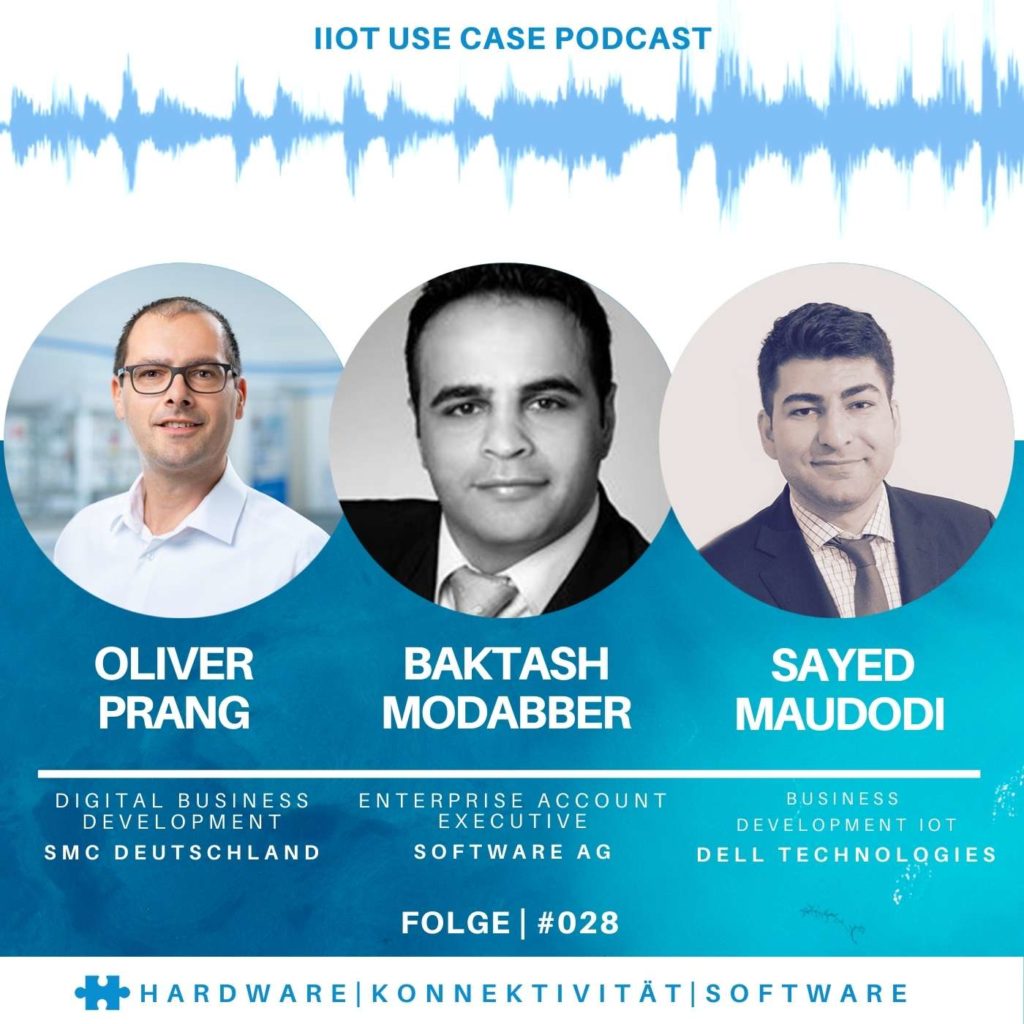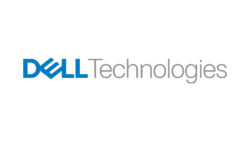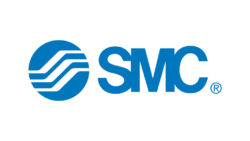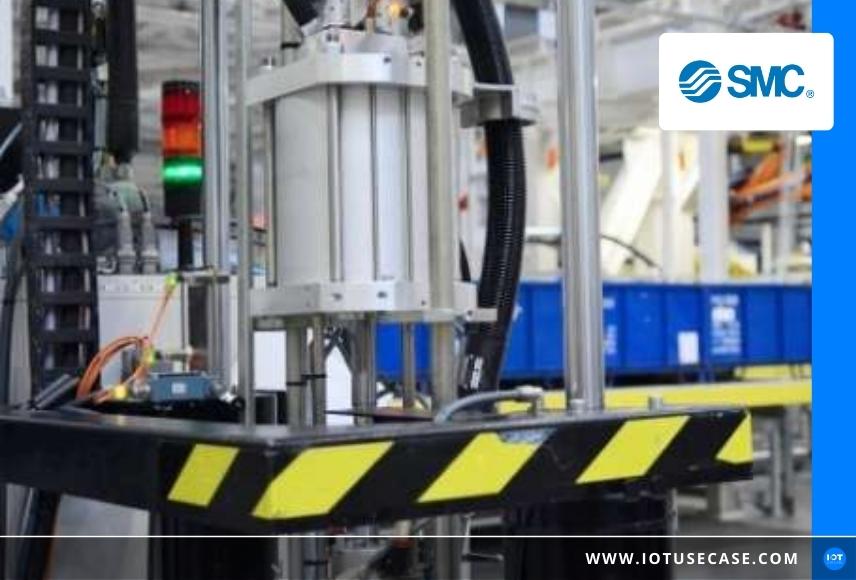In today’s podcast episode, Madeleine Mickeleit has three interviewees from Dell, Software AG and SMC as guests. They talk about their successful collaboration in two IoT use cases: condition monitoring of pneumatic cylinders and compressed air monitoring for energy saving measures.
Interview summary
Bringing together the expertise and strengths of different companies to create excellent solutions for customers: This is exactly what Software AG, Dell Technologies and SMC have succeeded in doing. In this podcast episode, Madeleine Mickeleit talks to Baktash Modabber (Software AG), Oliver Prang (SMC) and Sayed Maudodi (Dell) about their successful collaboration using two real-world use cases.
First, Baktash, Oliver, and Sayed describe an IoT use case from the food industry. The companies will show how they can assess the condition of pneumatic cylinders in bottling plants using data from displacement and flow sensors and thus detect defects in good time. They explain how this technology makes it possible to counteract costly production downtimes in good time.
The second use case presented in the podcast deals with sustainability. Sayed, Oliver and Baktash explain how they use compressed air monitoring to determine the energy consumption of machines and thus identify potential energy savings.
Finally, we take a look at the future prospects for the collaboration between the three companies and discuss how the business model can be further developed in perspective. An exciting podcast episode with interesting insights!
Interview partner
Oliver Prang
Digital Business Development SMC Germany
SMC Germany GmbH is a leading manufacturer, partner and solution provider
for pneumatic and electric automation technology based in Egelsbach.
Baktash Modabber
Enterprise Account Executive Business Unit IoT & Analytics Software AG
Software AG is taking integration further, driving business transformation and enabling rapid innovation for the Internet of Things so that companies can differentiate their business models from their competitors.
Sayed Maudodi
Business Development Manager Edge Design Solutions
Dell Technologies helps organizations and individuals shape their future digitally and transform workplaces and personal lives.
Podcast interview
What is your role at Software AG, Baktash?
Baktash
I’m in a sales role today, working in a department that deals specifically with IT and analytics tools. I have been in the IT market for over 10 years now in various roles, from development to sales.
Software AG is the oldest software company in Germany and retains its position as the second-largest. As the name suggests, we produce and sell software, for different areas, segments and IT applications. And one of them is the market IoT or analytics tools. The core is an IoT platform. It is horizontal, by that I mean it is device-agnostic and protocol-agnostic, so it is also application-agnostic, making it perfect for industrial applications.
Sayed, can you say something about your role at DELL and how you guys are moving towards IoT?
Sayed
I am the Business Development Manager for IoT Edge. I live and work in Munich, but I am responsible for almost half of Europe.
DELL Technologies is now one of the largest global IT infrastructure providers with over 165,000 employees worldwide. We distribute from edge solutions to data center solutions and virtualization and software development platforms.
The sector that is driving IoT is the OEM sector. It’s worth $6 billion in terms of revenue and very much focused on OT in terms of manufacturing or industrial automation.
Oliver, what do you do at SMC and what exactly does SMC do in the field of IoT?
Oliver
I work in the Digital Business Development department at SMC Germany. We are currently dealing with the topic of digitization and Industry 4.0 and everything that goes with it in terms of service and data relating to the products.
We are a part of the global SMC Corporation. With almost 20,000 employees, we are a leader in the field of pneumatic and electric drive technology. This means everything that moves in mechanical engineering, is driven by compressed air, cylinders, hoses, valves, plus the appropriate sensors and drive technology. Everything that the machine builder uses at the field level to build the bridge towards IoT, everything that can generate data.
What is your specific vision for the future at SMC? You have installed various applications for customers. What are the requirements of customers and what is your vision for digitization?
Oliver
The bottom line for me is that it’s always about data. Bringing up data, creating value from data. But of course, the whole point of Industry 4.0 and digitization is not just to collect data. Our customers and, of course, their customers want to be able to use it in some way. In most cases, they just want some more information. Understanding more about what my machine and production process is doing.
What creates the vision for me is understanding what the machine is doing. There was once a project manager named James Harrington who said: “If you can’t measure something, you can’t understand it. If you can’t understand it, you can’t control it. IF you can’t control it, you can’t improve it.” And that’s the sticking point for me. We want to improve, and to do that I have to start measuring and collect data first.
We need to get to the point of networking our machines and populating data. There is still a lot of potential in the market in general.
You are very close to machine builders and producers who use your machines. What are your customers already doing in the direction of IoT? Do you have a practical example?
Oliver
We had a customer of ours who is in the consumer goods business and has their machines in use all over the world. They manufacture various products in the food industry. They wanted to know how their machines and the components in them perform.
Of course, unplanned production downtimes in particular are always a nuisance, and no one wants that. They cost real big money and most of the time they occur at night. And that’s when we were asked if we had any solutions for that. We have the experience for this in the market – we just have to record it and then see how we can get this data analyzed. Not only in the laboratory, but under constant conditions.
What machines does such a customer have, what does production look like and what problems can occur?
Oliver
In the food industry, I have a complete production line that starts with the food being produced. Then it is filled somewhere – perhaps in a tin can – which is sealed, then pasteurized, then a label is put on it and then it goes into the packaging. So it’s a complete line where one builds on the other.
And if one of them doesn’t do what it’s supposed to do and maybe stands still for several hours, that means that my entire line stands still. I may even have to throw away the product I just cooked because the hygiene is no longer guaranteed. And that is how it runs through the whole line.
Which SMC product is used there to provide data?
Oliver
We have equipped pneumatic cylinders there with displacement sensors that can measure the length over the complete range. And we have attached flow sensors to each compressed air port of the cylinder to measure the air volume and draw conclusions.
In the former, the travel of the cylinder is measured, i.e. how long it travels. The flow sensors determine in l/min the amount of air that the cylinder has just taken in. In this case, the cylinder is inside the filling process and opens and closes a valve that allows food like yogurt to be filled into a yogurt cup.
What is the relevant output that I need to analyze anything?
Oliver
Firstly, we have the knowledge of how to establish connectivity. In other words, where do we connect the sensor with which industry protocol, to which device, which then records the data, in order to pass it on to the analysis tools.
Secondly, of course, is that we know how cylinders move and what the life process of them is because we also produce them ourselves. For example, we know when a rubber seal is worn and how the cylinder then behaves.
What are the typical problems that occur there?
Oliver
One is contamination, which means that over time the greased guides become dirty. This slows down the cylinders and at some point they stop. This is a very typical problem. That’s why we monitor how it moves.
The second is leakage inside the cylinder. We have rubber seals. Rubber is a great material for sealing, but of course it is subject to wear – just like car tires.
Now let’s talk about connectivity: The data has to be sent somewhere in order to end up in the cloud. Sayed, how does this work exactly and which device is used?
Sayed
What we offer are so-called edge computers. These are industrial computers that are fanless or have a dust filter. The industrial computers really have to run 24/7 all year round, that’s the big difference with normal computers.
The industrial computers record the data via a LAN interface. In most cases, we have installed two LAN interfaces in the PCs. You could also add more, but you also have to consider the issue of security. We keep hearing about cyberattacks on companies to shut down production.
Our expertise in the data center and IT environment means we know how to manage the equipment. And in most cases, the IT department also has to manage the devices, update them, check their status, and so on. We offer the right tools to access the devices in production as well. This is done remotely from the IT person’s workstation.
We have global customers and sell our machines worldwide, including to Asia and America, and you can’t afford to put a service employee on the plane every time a computer breaks down.
We have a service called ProSupport Plus, which means that if the computer breaks down somewhere in Argentina or Brazil, a DELL employee will take care of it. And to prevent this from happening in the first place, we also have colleagues who can regularly access the systems and query the device status. What about the drivers, how old is the hard drive, is the hard drive still running? Even with a PC, you have to do some kind of predictive maintenance to warn the customer that, for example, the hard disk might soon break.
So how exactly do I connect the sensors to your Edge computer to further root the data?
Sayed
There are many options. Via cable of course, that is the LAN interface, sensor technology mostly via some kind of hub on the PLC and then you connect this hub via a LAN interface. But it also works via USB, RS-232 or completely wireless. Wireless means via technologies such as WLAN or LTE or, in the future, 5G.
Now we have the data in an edge computer. So how do I package that into an analytics and how do I use Software AG’s data to do that, Baktash?
Baktash
The keyword here is data availability. With our software, we want to make data available where it is needed in order to enrich it into valuable information. This is supported by our software, which is the so-called IoT platform.
What stands out is that it can be operated differently. It is operable on an Edge. In this case, that would be what DELL would bring in in terms of hardware. In other words, you can install it there, operate it, and you have all the platform functions for processing this data and administering the connected sensors and devices available on site. This means: I don’t need the Internet at all for this. This also means that I can visualize and analyze them there. In addition, I can also transfer them to a cloud, to a central IT architecture at a granularity that I need there.
These are essential features of this software platform. For the Industrial IoT area, a basic requirement is of course that you can connect these devices so that I can visualize and display these measured values in real time.
But beyond that, it is also a matter of looking to see whether there is a leak in this cylinder, for example. This in turn supports our analytics software. This is a real-time data engine that can delineate actual values versus target parameters. It can analyze whether certain thresholds are exceeded or not, through which I can then recognize that a certain disturbance is present.
If we look at the example of a leakage: What data exactly do you need to make such an actual-target comparison?
Baktash
We need measured values such as pressures, for example, because we can use these pressure values to compare them to target values in order to then determine a leakage. We support state-of-the-art protocols found in automation technology. At the end of the day, the point is that these manifold protocols must be convertible into an Internet-enabled protocol. This is a basic requirement.
We don’t have the know-how to determine what is faulty and what is okay. What we have are tools that can be combined with hardware from DELL and with SMC’s expert knowledge to perform an analysis.
Oliver
That’s what it’s all about! It is a togetherness! All the IoT related issues that we have today, they are a tool for me to make a decision as a human being. The issue of artificial intelligence and machine learning – of course these things exist. But no machine can decide for itself if it has not been taught beforehand. And if I want to learn something, I need expertise. And with that, I can feed the analytics tools so they can pull the right thing out of the data for me.
You are also moving thematically in the direction of sustainability and CO2 certificates. Are there already solutions from you? What is the position of industrial companies on this issue?
Oliver
Clearly, the issue of energy consumption and sustainability is an important one that affects us all. The major producers in particular are dealing with this. Targets are issued such as 15 percent CO2 reduction or 10 percent water reduction. That’s good, but I can only improve and control that if I can measure something beforehand.
The topic of measuring energy from a machine is a second use case that we helped build. So that I know in the first place what my machines consume in terms of electricity and water. We also helped to set this up and demonstrated it in the three-person constellation, so that with the IoT platform I not only have the option of visualizing how much I need, but that the platform can also give me the message that I still have air consumption, for example, even though the machine is in standby.
That’s another great result from the analytic tool that I can bring in because I might associate two, three, four values together that originally have nothing to do with each other, but then they indicate that somebody needs to check something.
Which products do you use there? Do you have an example?
Oliver
In pneumatics, this is called the maintenance unit. I call it the first plug that goes into the machines, there’s sensor technology in there too. If I equip each machine with this unit, I can find out exactly what my machine has used. So I can quickly reduce a machine’s consumption by 10 to 15 percent with very small things, just because I visualize it.
What is your go-to-market and your business model behind it?
Oliver
We are, of course, on the road with three partners. Everyone has their expertise, everyone also has their particular customers and we also present ourselves to the outside world in this open partnership and show the customer what we offer and that he can combine the best together. With this constellation from the sensor to the cloud, you have all the possibilities. And we offer all this from a single source, coordinated with each other.
I think there is still a lot that can develop in the business model. The bottom line, of course, is that the operator, the producer, is the end user. He buys the components and operates them himself. Of course, there are also opportunities to use software as a service, but we simply have to be agile and flexible and see what the future brings. The question is always whether the market is also ready.
What about data interfaces to other systems? Do you see anything like that, pulling in data from other systems to add value, Baktash?
Baktash
Yes! Keyword re-data availability. We firmly believe that the real added value comes when I make this data available wherever it is needed. This then also goes beyond an edge and an IoT platform. One strength that Software AG offers in this regard is that it can build this bridge into the business process world.
We are a global market leader in the area of data integration, again with a very analogous approach to our IoT platform. These are solutions that can be operated both locally on your computer or data center and in the cloud. Simply put, this software offers many different interfaces into standard systems that are known to make this availability as fast and convenient as possible.
Is this a solution that can also be made available worldwide? What do you think: How is the whole issue developing?
After all, we are global companies and are present worldwide because our customers are also present worldwide. There are very few large corporations that have their factories only in Germany. That is a huge added value, that we can show and share what we have done here to the customer Europe-wide and worldwide.
I was on the road a lot before Covid-19 and it is very important to the customers that someone speaks their language. And that’s where it was an advantage that Software AG also has offices in Istanbul, Warsaw, Moscow and London, and that employees can also provide local support.
Contact us now | Find pilot projects | Promote use cases
Ing. Madeleine Mickeleit
Digital Business Development | IIoT















